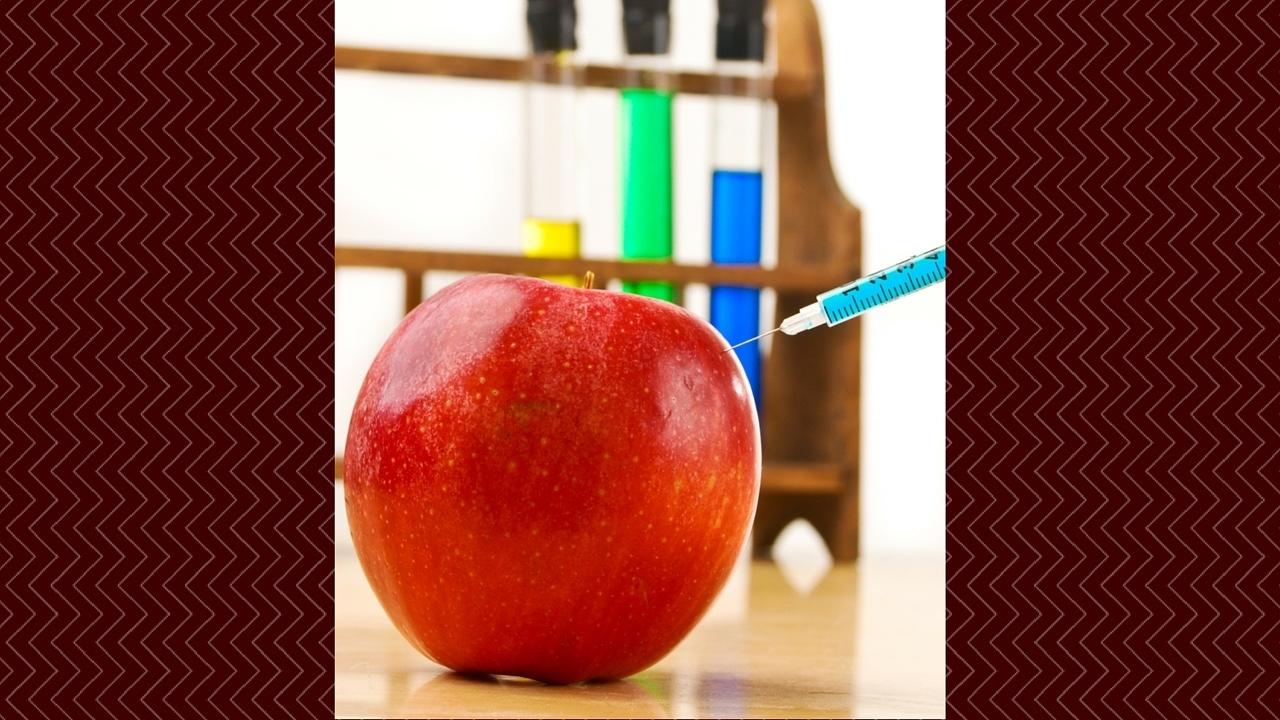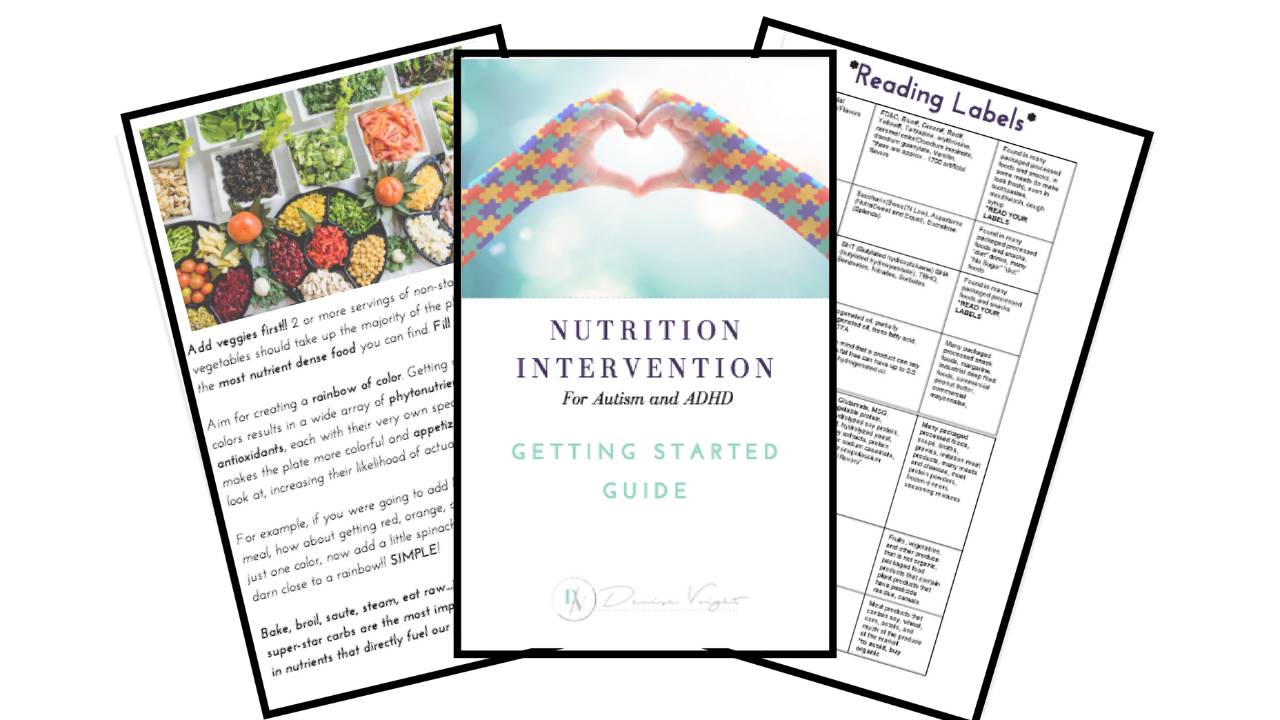Functional Medicine Nutriton Blog
Articles designed to empower parents and caregivers with the knowledge they need to address neurocognitive challenges, picky eating, food sensitivities, and more.
Through functional medicine principles, we focus on root causes—like nutrient deficiencies and gut-brain imbalances—to foster better focus, behavior, sleep, and overall well-being
One of the most frustrating things for parents of children with Autism Spectrum Disorder is the lack of knowledge we have about the causes of ASD.
Autism awareness organizations have done an exce...
If your child only eats certain foods and often refuses to try new types of food, you may be wondering if your child is a picky eater or has a feeding problem. Here are a few ways to know the diffe...
Walking down the grocery isle looking for a healthy snack can make your head spin. So many products with seemingly legit health claims lure us into deception. Some great examples include terms like Wh...
Keep updated on Functional Medicine Nutrition Special Offers, Services, and Information Shared by Denise Voight
Never miss an update!
You're safe with me. I'll never spam you or sell your contact info.



